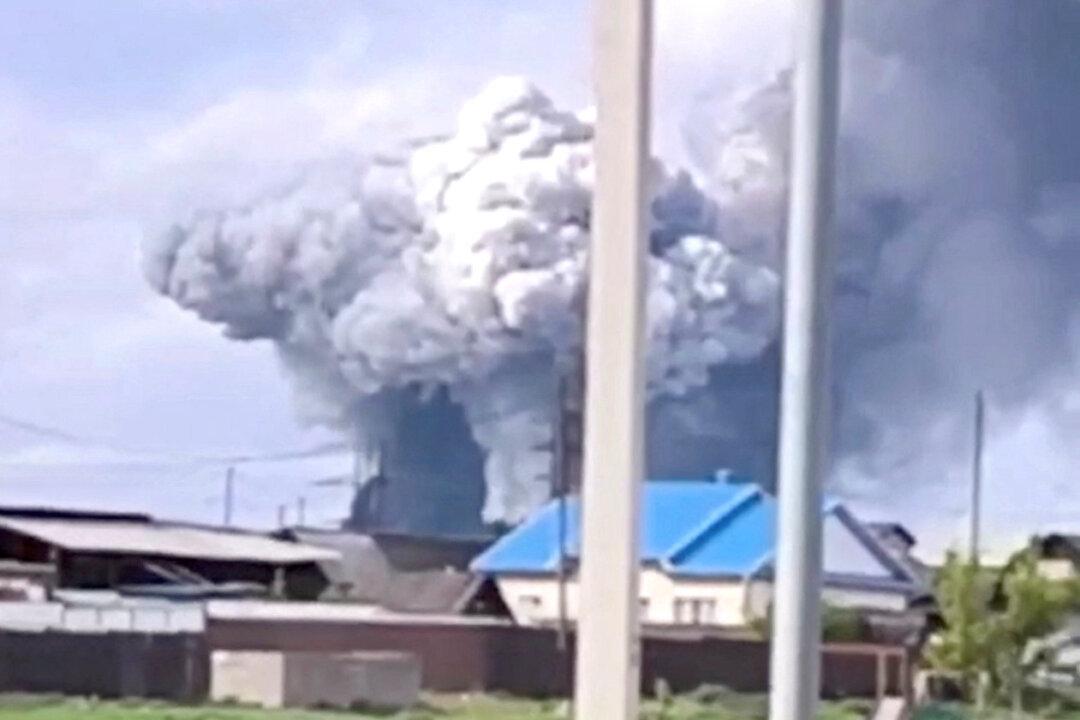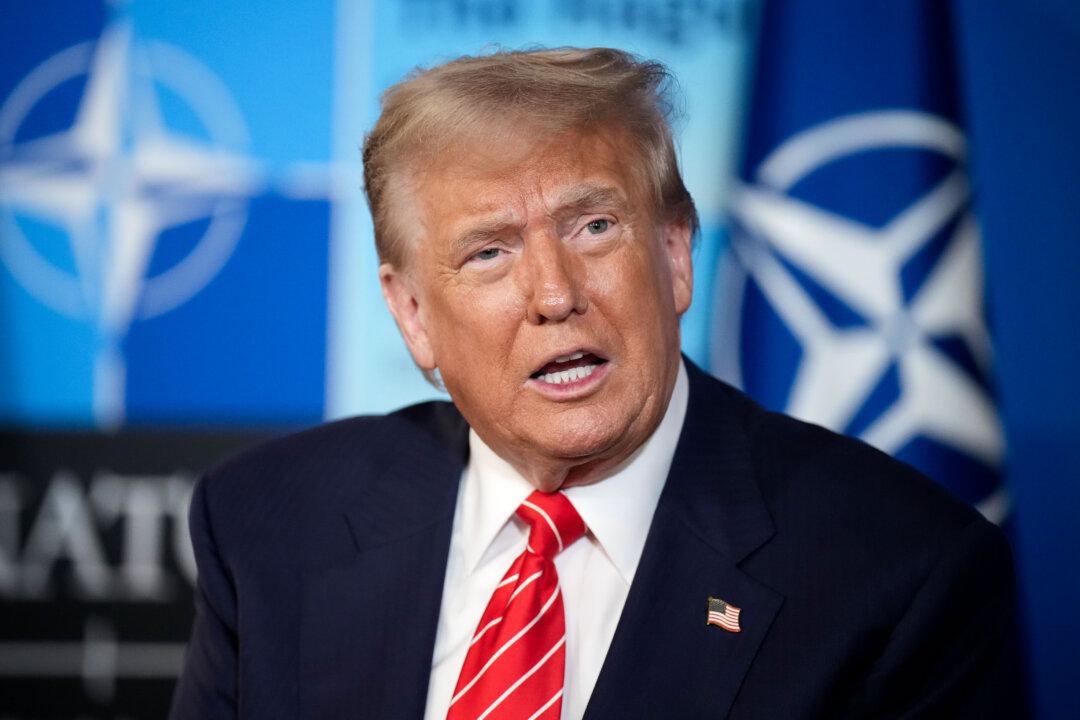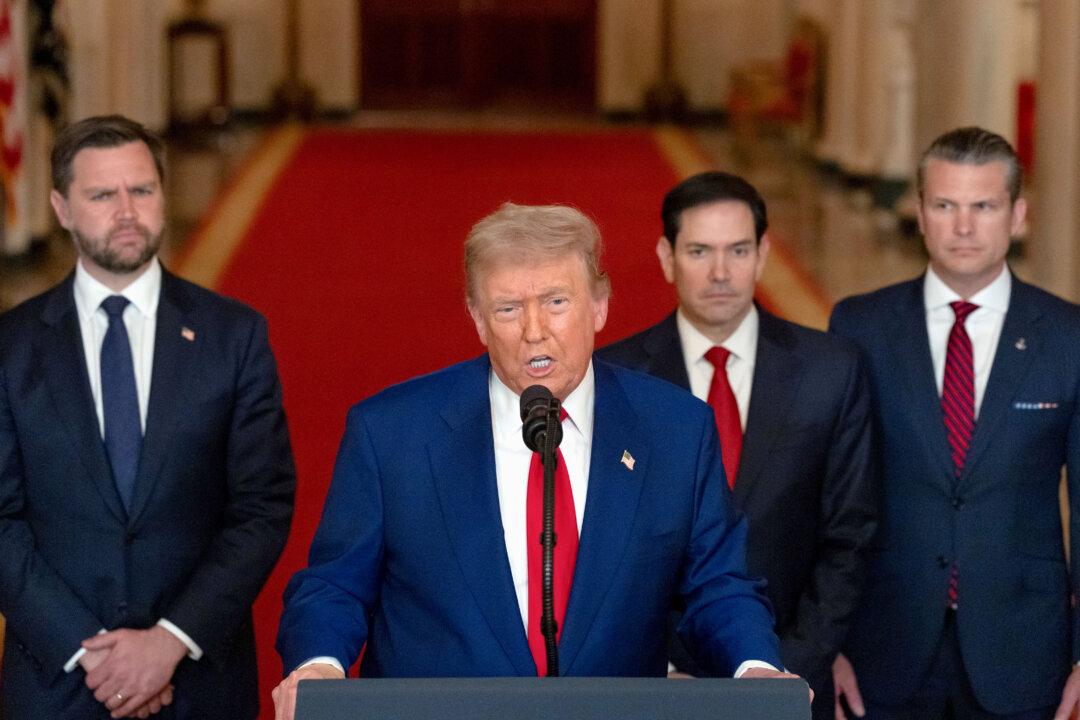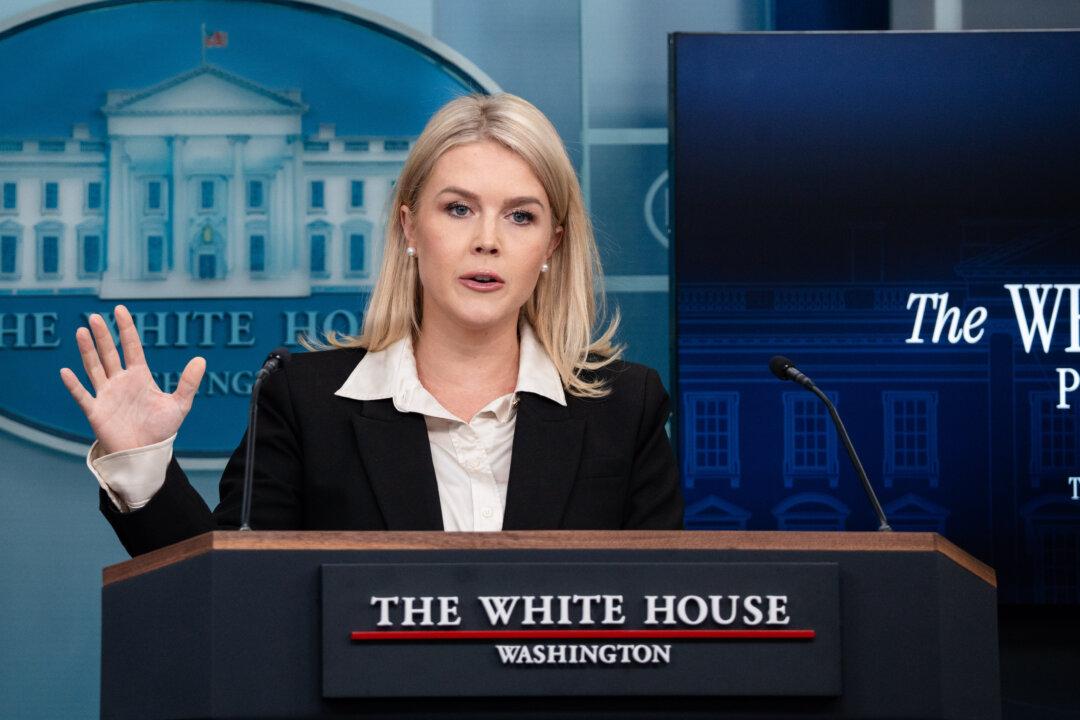Ukraine’s surprise June 1 drone attack on Russia’s strategic bomber fleet has crippled a significant portion of Russia’s nuclear strike capability.
It has also become the latest obstacle in U.S. President Donald Trump’s path to resolving the three-year war.
It remains to be seen exactly how much the Ukrainian drone attack, orchestrated by Ukraine’s Security Service and codenamed “Spiderweb,” will affect the efforts to facilitate a broader peace.
Nevertheless, Trump said the surprise attack was a focal point of a June 4 phone call he had with Russian President Vladimir Putin.
No Immediate Peace: Trump
Trump said his phone call with Putin lasted about one hour and 15 minutes.“We discussed the attack on Russia’s docked airplanes by Ukraine, and also various other attacks that have been taking place by both sides,” Trump wrote.
“It was a good conversation, but not a conversation that will lead to immediate peace.”
Even before the June 1 attack, Trump had struggled to keep Kyiv and Moscow on the same page about the peace process.
In March, Ukrainian President Volodymyr Zelenskyy signaled his support for a U.S.-backed 30-day cease-fire plan to kickstart the broader peace process.
Putin, on the other hand, has not committed to the proposal.
Moscow has declared shorter and narrower cease-fire periods, including a 30-day moratorium on attacks targeting energy facilities, and a three-day full cease-fire to coincide with the 80th anniversary of the allied defeat of Nazi Germany in World War II on May 8.
Both sides have alleged continuing violations of these limited cease-fire windows.
The June 1 Ukrainian drone attack came the day before a second round of Russia–Ukraine cease-fire negotiations were to be held in Turkey.
Russia Vows to Respond
According to Trump, Putin is intent on retaliating for the surprise Ukrainian drone operation.“President Putin did say, and very strongly, that he will have to respond to the recent attack on the airfields,” Trump wrote in his June 4 Truth Social post.
In addition to the drone attacks targeting Russia’s strategic bomber fleet, Russian authorities have accused Ukraine of bombing road and rail bridges on May 31 and June 1, harming civilians.
Risk Levels ‘Way up’: Kellogg
Keith Kellogg, Trump’s special envoy for Ukraine, has warned that the June 1 Ukrainian drone attack could take the war to an unpredictable place.“I’m telling you, the risk levels are going way up,” Kellogg told Fox News in a June 4 interview.
“People have to understand, in the national security space: When you attack an opponent’s part of their national survival system, which is their triad, the nuclear triad, that means your risk level goes up because you don’t know what the other side is going to do.”
Ukraine Prepares for Response
Zelenskyy told European leaders at the Ukraine Defense Contact Group meeting in Brussels on June 4 that the embattled nation is still seeking additional air defense systems, including the coveted U.S.-made Patriot system.For their part, leaders in Europe appeared confident that Ukraine would prove capable of weathering the storm that would follow its drone attack on Russia.
To that end, UK Defense Secretary John Healey said Europe must move to ensure that Ukraine has the capabilities to defend itself from further attack.
Similarly, German Defense Minister Boris Pistorius said the Ukrainian military was prepared for a Russian response and praised Ukraine’s “really impressive operation.”
“We can only speculate about what the Russian forces and Putin are willing and able to do,” Pistorius said.
US Scrambles to Protect Itself
The United States is also scrambling to protect its own bases and airports from similar attacks.As commercial drone technologies have proliferated, so too have the incidents of incursions near airports and military bases.
As the potential threats have expanded, Washington has looked to begin shielding its infrastructure from drone attacks with an array of tools, including drone-proof enclosures and electromagnetic weapons.
In 2024, the staff at Seymour Johnson Air Force Base in North Carolina announced that it was investigating the feasibility of erecting physical barriers to protect the F-15E fighter aircraft stationed there from being attacked by small drones.
That initiative followed a 2021 call for proposals by a technology incubator in the U.S. Air Force, which sought novel solutions for creating passive barriers to defend the nation’s jets from drone attacks.
Elsewhere, the government is developing systems that operate by jamming the radio frequencies used to control the drones or else seizing control of the devices and forcing them to land or commandeering them for other purposes.
While jamming tools are Washington’s most established and available systems, they are blunt weapons that also affect the electromagnetic signals used by other aircraft, as well as phones and internet devices.
The Federal Aviation Administration later stated that the false positives were caused by government testing of counter-drone technology near the airport.
Regardless of which methods Washington adopts, it will struggle for some time to extend drone protections to its global military outposts and the more than 5,000 public airports throughout the country.








